Fruit & vegetable growing guide for September

September is the end of summer although we’re often lucky to have an Indian summer with blue skies and sunshine, nothing is certain with the weather. The bulk of the harvest comes home now and as crops come out the plot begins to empty.
Sowing & planting
As we leave summer behind and approach autumn, the rush to get things into the ground slows to a near halt, which is not to say that work stops!
This is one of the busiest months with harvesting. It’s worth sowing some winter hardy spring onions ready for spring. I stick with White Lisbon, which never fails me, but make sure you get winter hardy.
You can sow lettuce like Arctic King now they’ll be ready in early spring as well. We think of lettuce as a summer crop but actually they don’t like too much heat and are surprisingly hardy,
Autumn onion sets can go in now to provide an early crop and plant out spring cabbages to slowly develop for next year.
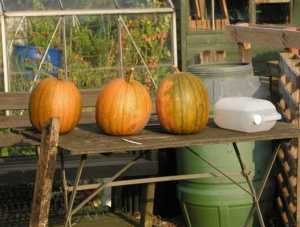
Green manure
Early September is the time to sow green manures as land becomes vacant. They perform three jobs for you.
- First, they soak up any nutrients which would otherwise be washed away in winter rain. In fact, sowing a legume such as Winter Tares or field beans will fix nitrogen from the air.
- Second, they provide compost material and improve the soil structure
- Third, they prevent weed growth by crowding them out and that’s less work for you
If you’re blessed with a light soil then just leave them in over winter. In the spring you dig them in and allow them to rot down for a few weeks. If you’ve a heavy clay soil, dig them in when you do your late autumn, early winter digging.
Following potatoes on with mustard can be useful for curbing eelworm but be aware that mustard is a brassica and best to avoid if you’ve a clubroot problem.
One of the best green manures for winter growth is Hungarian grazing rye. It continues to grow, albeit slowly, in cold weather and should be around 15″ tall come the spring from an early September sowing. Not only will you have a lush mass of foliage but it also produces a mass of roots that will provide humus for bacterial breakdown.
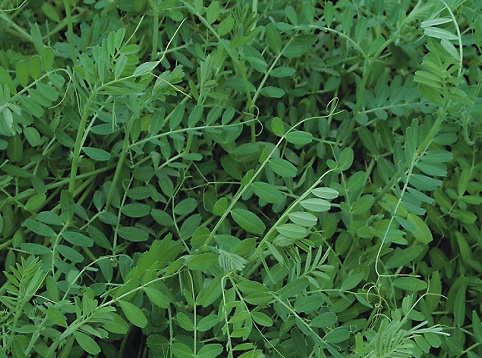
Cultivating
Keep feeding your tomatoes, peppers and cucumbers but it’s not really worthwhile feeding other plants at this time of year as they are nearly finished and the nutrients are best saved for the spring. Keep the side shoots in check on the tomatoes.
Don’t give up on the hoe, it’s far better to how weeds away when you can hardly see them than when they’re established. As the saying goes “Hoe when you can’t see a weed and you’ll never see a weed”
Keep an eye on your brassicas for butterfly eggs and caterpillars, these will most probably be under the leaves. The greenhouse pests should be on the wane but keep an eye out if the weather is good as they can leap back so quickly
Composting
September and October are the right time to work on your compost. Usually the cool compost bins will have partially decomposed material at the top and rotted compost at the base.
Take the partially rotted off and then take out the rotted compost to spread on the ground or pile ready to add to the base of trenches when digging over to encourage the worms to deepen your top soil.
The partially rotted goes back in the bin along with fresh green materials (preferably shredded), some manure if you have it and lime in layers. Once a heap is built, cover with cardboard, plastic sheet or tarpaulin and, with luck, you’ll get a hot compost going before the real winter chill hits.
Fruit
Tidy up the summer fruiting raspberries. Cut off the canes that have fruited and tie in the new shoots that will bear next year’s fruit.
The summer fruiting strawberries can be attended to now as well. Cut off the foliage about 1″ from the ground, clearing and weeding as you go. Any runners can be planted up to replace 3 year old plants that are best replaced now.
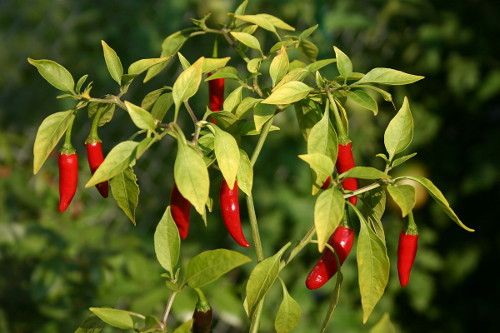
Harvest
The maincrop potatoes may be ready now. When you harvest your potatoes take care to remove all the tubers. Any left will not only sprout next year and become a weed but will also be a reservoir for disease and potato blight spores. It’s often worth forking over a few days after harvesting potatoes because more seem to miraculously appear.
If blight has struck your potatoes the best method to preserve the crop is to remove the haulm and dispose of it then leave the potatoes in the ground for a fortnight or longer to stop the spores getting onto the tubers.
The runner beans and French beans will be continuing to produce until frost strikes. The last of the peas should be coming in as well. Compost the foliage of the peas and beans but leave the roots in the ground as the nodules on them contain nitrogen.
From the greenhouse you should be picking aubergines, chilli and sweet peppers as well as cucumbers and tomatoes.
Other crops you could be harvesting now
- Beetroot
- Cabbage
- Carrots
- Cauliflowers
- Courgettes
- Globe Artichokes
- Kale
- Kohlrabi
- Lettuce
- Leeks
- Marrows
- Onions
- Pumpkins
- Radishes
- Spring Onions
- Spinach
- Sweetcorn
- Turnips
You can get John’s book Vegetable Growing Month-by-Month here.
The views expressed in our blog are those of the author and not necessarily lowimpact.org's
2 Comments
-
1Marcia McGrail September 19th, 2022
Thank you for an informative article. I have come across it via lowimpact.org in September 2022 and wanted to know about your pumpkin harvest. It looks jolly nice which is more than I can say about mine. I have masses of spiky foliage but the very few flowers died before fruiting. What am I doing wrong?
-
2Rebecca Stacey September 19th, 2022
Glad you enjoyed the article.
We do have some hints and tips for pumpkins here: https://www.lowimpact.org/how-to-grow-pumpkins that might offer some ideas!




 Fruit & vegetable growing guide for October
Fruit & vegetable growing guide for October
 Fruit & vegetable growing guide for November
Fruit & vegetable growing guide for November
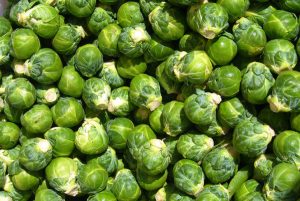 Fruit & vegetable growing guide for December
Fruit & vegetable growing guide for December
 Fruit & vegetable growing guide for January
Fruit & vegetable growing guide for January
 Fruit & vegetable growing guide for February
Fruit & vegetable growing guide for February
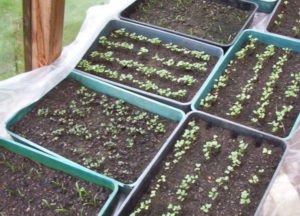 Fruit & vegetable growing guide for March
Fruit & vegetable growing guide for March
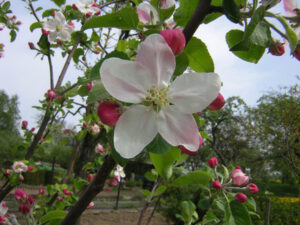 Fruit & vegetable growing guide for April
Fruit & vegetable growing guide for April
 Fruit & vegetable growing guide for June
Fruit & vegetable growing guide for June
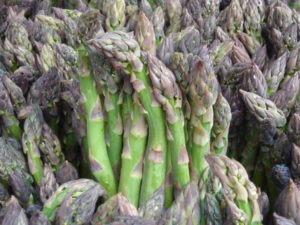 Fruit & vegetable growing guide for May
Fruit & vegetable growing guide for May
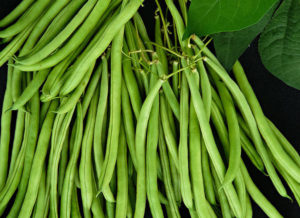 Fruit & vegetable growing guide for July
Fruit & vegetable growing guide for July
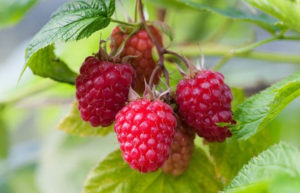 Fruit & vegetable growing guide for August
Fruit & vegetable growing guide for August
 Could the ‘paperpot transplanter’ be a boon for small farmers or is it just a gimmick?
Could the ‘paperpot transplanter’ be a boon for small farmers or is it just a gimmick?
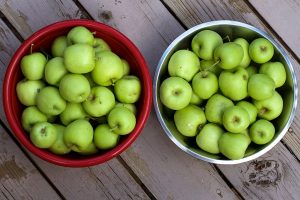 How to store apples over the winter: a brief guide
How to store apples over the winter: a brief guide
 Composting
Composting
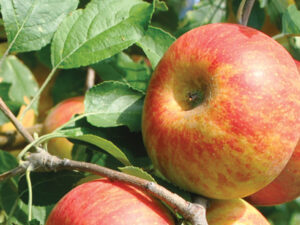 Fruit trees & orchards
Fruit trees & orchards
 Soft fruit
Soft fruit
 Soil management
Soil management
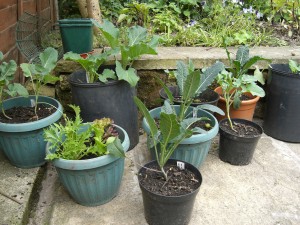 Urban / small space gardening
Urban / small space gardening
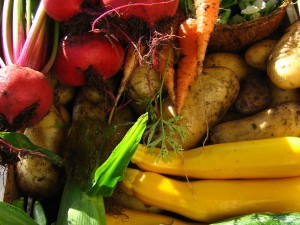 Vegetable growing
Vegetable growing


